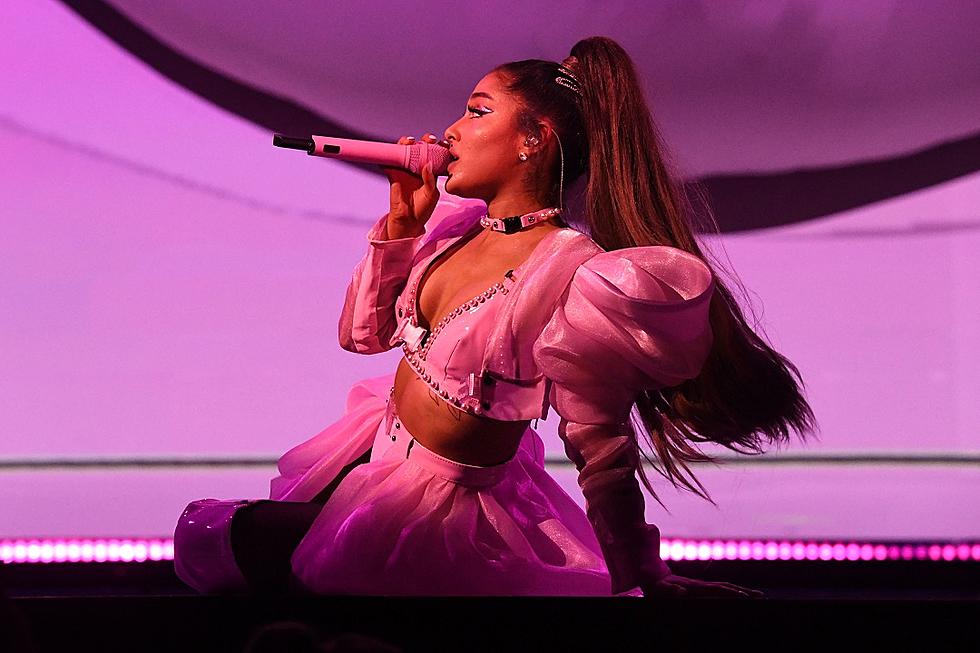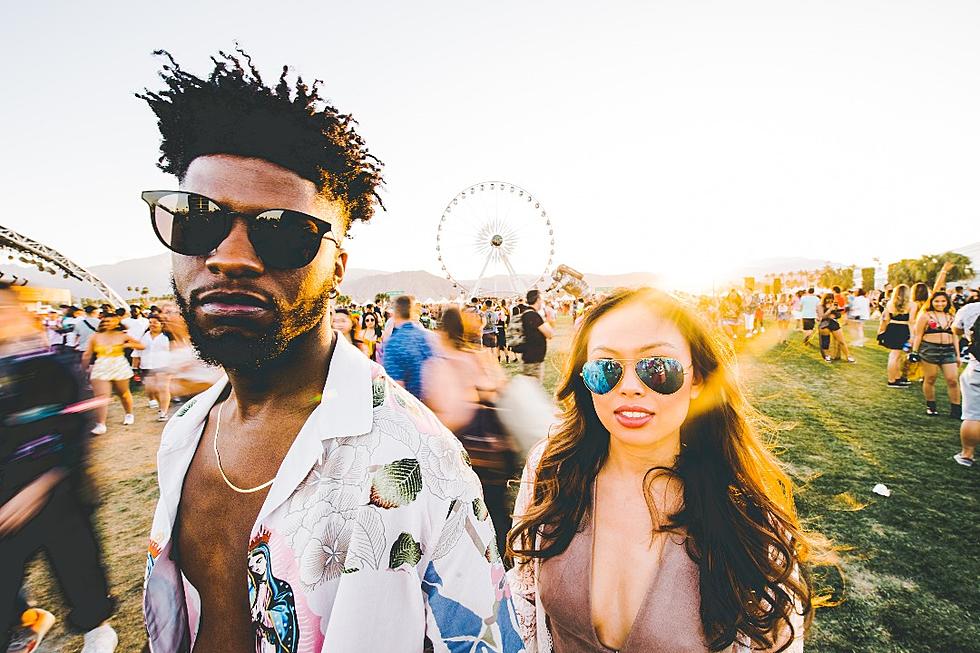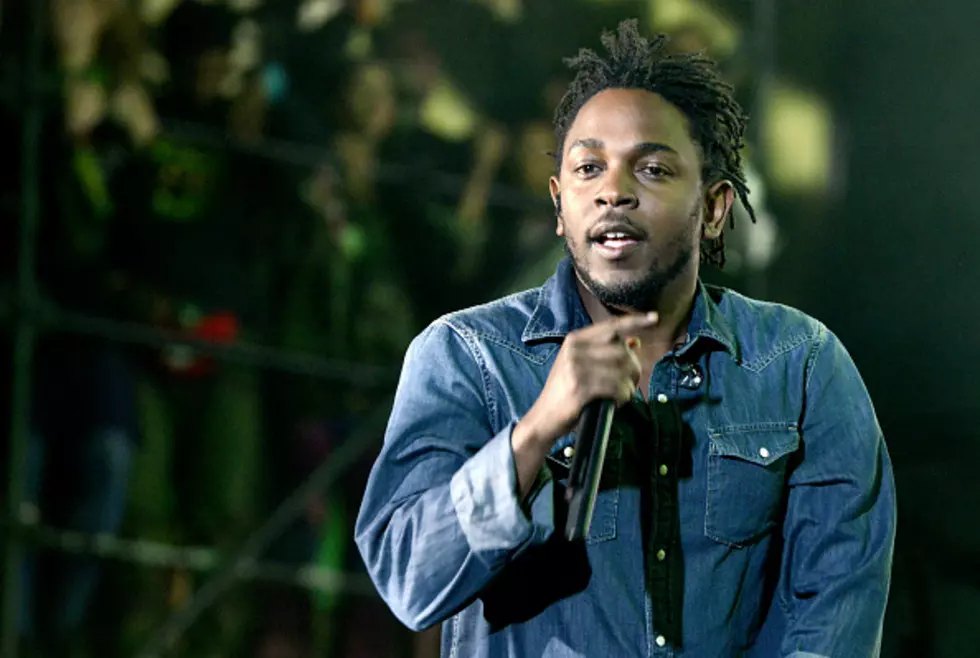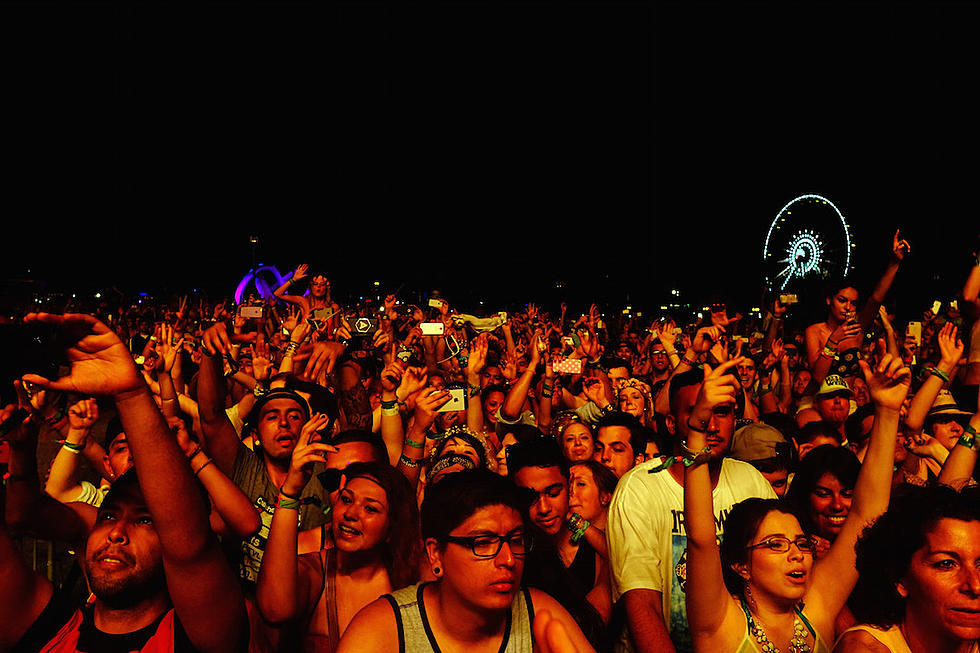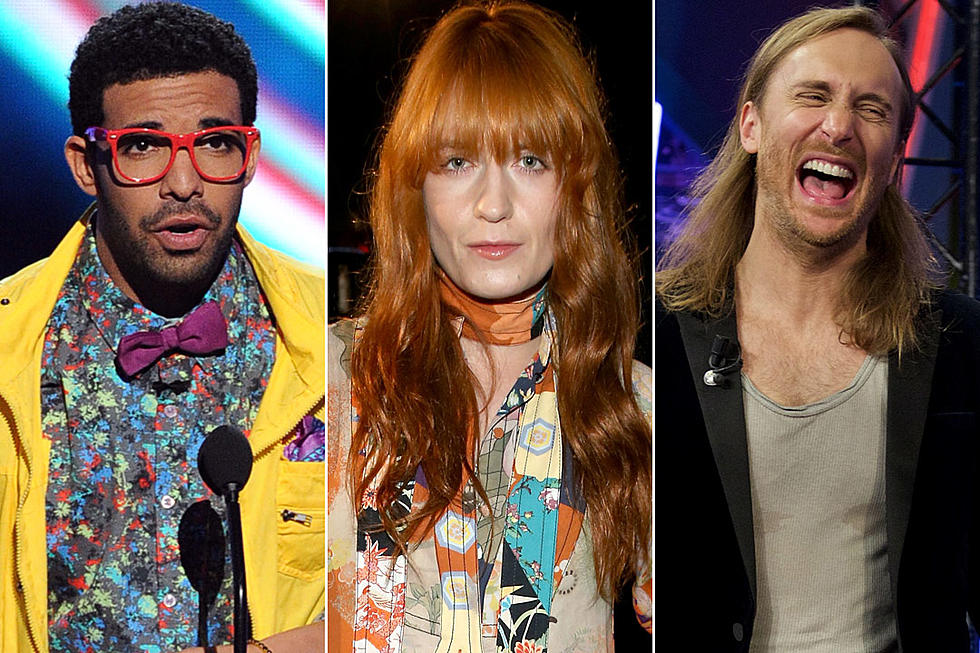
How the Tupac Shakur Hologram Worked at Coachella
As we previously reported, the virtual Tupac Shakur that performed at the Coachella Music Festival on Sunday (April 15) was a 2-D image and not a hologram, which is in 3-D. Not that it made Tupac’s resurrection any less spectacular. In fact, it was clearly one of the most amazing performances at the three-day festival.
The Wall Street Journal broke down how organizers were able to pull off such a groundbreaking moment at Coachella. The technology used to resurrect Tupac is actually based on 19th century visual effect known as Pepper’s Ghost.
Illusion designer Jim Steinmeyer told the WSJ:
The effect was first used in an 1862 dramatization of Charles Dickens’ novella ‘The Haunted Man and the Ghost’s Bargain,’ staged at the Royal Polytechnic Institute in London. The effect relies on an angled piece of glass in which a “ghostly” image is reflected. “A piece of glass can be both transparent and reflective at the same time, depending on how it’s situated relative to the audience,” Steinmayer said.
Back in those days, the Pepper’s Ghost effect was actually done by actors offstage, but with today’s advanced technology, a Mylar screen is now used instead of glass. A high-definition projection throws the image onto a reflective surface on the floor and the image bounces onto the Mylar screen, which is invisible to the audience.
Production company Digital Domain Media help create the computer-enhanced Tupac by using physical characteristics and movements captured from recorded concert performances. Afterward, San Diego, Calif.-based company AV Concepts was hired to help project Tupac onto the Coachella stage using the Pepper’s Ghost technique.
The Coachella performance was such a big hit, there’s talk of a tour featuring Dr. Dre, Snoop Dogg and the virtual Tupac. While a joint trek may happen, it is “not guaranteed,” said an insider.
Watch Tupac Shakur’s Performance at Coachella Festival 2012
More From My 103.5 FM



